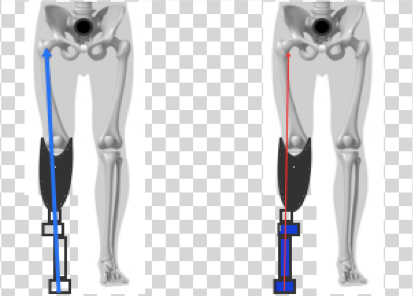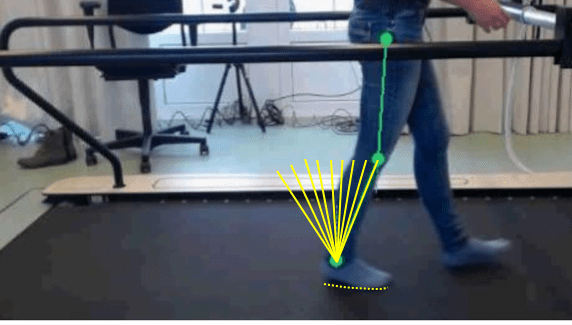Running specific prostheses and orthoses
Project Parameters
Related Research Themes & Projects

Kinetic gait data to quantify socket fit and prosthetic alignment in amputees
To improve clinical practice it is important to quantify prosthetic alignment. Recently studies have shown that kinetic alignment criteria are feasible for alignment purposes. Therefore, it is this study’s goal to investigate the possible use of kinetic alignment criteria to optimize prosthetic functioning.

Prosthetic and Orthotic Dynamic Alignment for Rehabilitation
The efficacy of prosthetic feet and ankle foot orthoses depends on a proper tuning (alignment) of these components to the user. Tuning involves selecting the right mechanical properties (e.g stiffness and length) and selecting the proper orientation of the device relative to biological leg of the user. In a series of projects we aim to find clinically applicable outcome measures to quantify the effect of tuning on body progression and propulsion (e.g shank-to-vertical-angle and roll-over shape). In addition, we investigate the effect of changes in these outcomes on gait stability and economy.